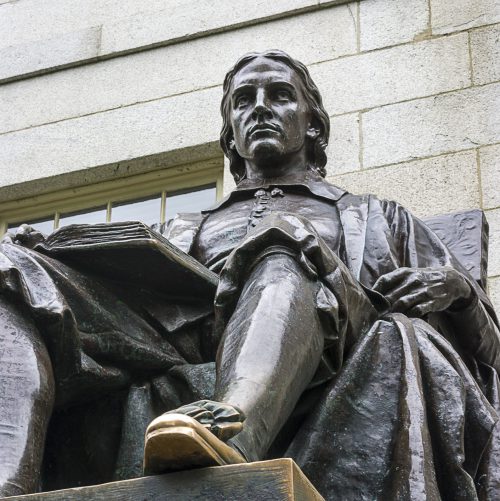
Many huge endowments would be happy with an 8% return on their money during the course of a year. Harvard, an institution known for lofty aspirations, and results, from the careers of its graduates to its rating among the world’s universities, was disappointed with the 8.1% performance posted by the Harvard Management Company. It ended the fiscal year that concluded June 30 with a balance of $37.1 billion. That puts it, based on size, in the lead among all university and college endowments in the United States.
N.P. “Narv” Narvekar, the chief executive officer of the Harvard Management Company, wrote the “Members of the Harvard Community”:
Our performance is disappointing and not where it needs to be. Indeed, the opportunity to improve this is what attracted me to the leadership role of Harvard Management Company. The endowment’s returns are a symptom of deep structural problems at HMC and the resultant significant issues in the portfolio. These matters have challenged HMC for years, despite a highly talented and dedicated team of professionals and active support from the University and the HMC Board of Directors. The problems highlight the critical impact of culture, structure, and incentives in an investment organization.
Most of Harvard’s money was managed by an internal team for years. Narvekar made a plea for more time to improve performance. He said there was so much to change in the way Harvard manages money that his plan for transformation made better yields impossible.
It is a flimsy excuse, not just for Harvard, but for any large nonprofit that manages pools that are made up largely from gifts by donors.
The history of large endowments over the past several years has mirrored the stock market to a large extent. Many endowments do not match the returns of the board equity markets because they hold fixed income assets for safety. According to the NACUBO-Commonfund Study of Endowments, among the 805 institutions it follows, returns for large institutions were as high as 15.5% in 2014 and 19.2% in 2011. In most other years since 2010, returns have been below 12%.
Harvard generally compares its endowment to other large university pools, which include those at Yale and Princeton. It remains to be seen how these funds did for the most recent fiscal year. A number above 8% would seem satisfactory, unless your smaller peers do better.
Take This Retirement Quiz To Get Matched With An Advisor Now (Sponsored)
Are you ready for retirement? Planning for retirement can be overwhelming, that’s why it could be a good idea to speak to a fiduciary financial advisor about your goals today.
Start by taking this retirement quiz right here from SmartAsset that will match you with up to 3 financial advisors that serve your area and beyond in 5 minutes. Smart Asset is now matching over 50,000 people a month.
Click here now to get started.
Thank you for reading! Have some feedback for us?
Contact the 24/7 Wall St. editorial team.




